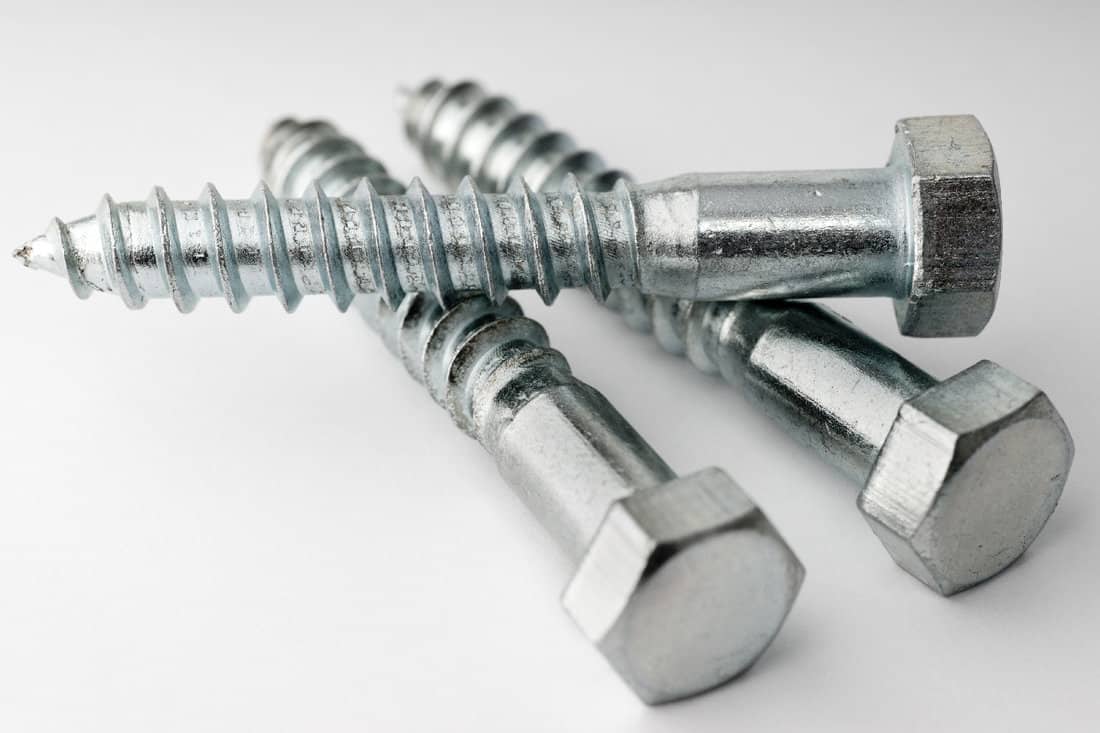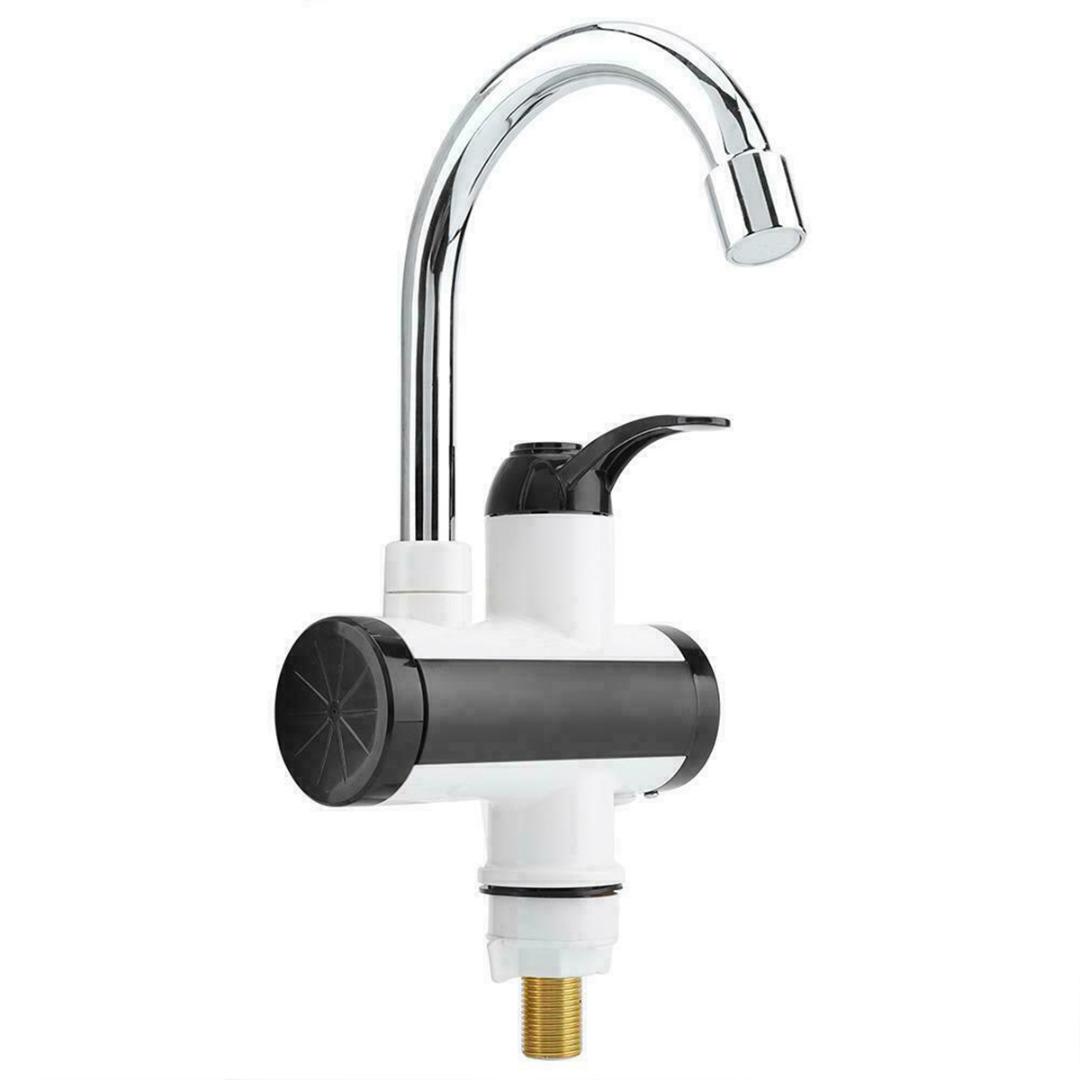The correct size wood screw for a project depends on many factors, including the type of wood and the lateral versus sheer forces that will be applied. Generally speaking, the head diameter of a wood screw is twice the shank diameter.
Screws made of steel or corrosion-resistant metal should be free from rust and have smooth surfaces on the body, fillet, and head bearing surfaces. This will help prevent damage to the wood or other materials.
Length
When it comes to wood screws, the length is a very important spec. The longer the screw, the more power it has to pull boards together and resist the stresses of tensile loads. This is especially true in hardwoods, which are more prone to splitting than softwoods.
Screws are typically sized by their gauge (how thick the shaft is), threads per inch, and length. For example, a #6-32×1/2″ screw has a major diameter of 0.138″, 32 threads per inch, and is an inch and a half long.
The length of a screw is defined as the distance between beneath its head and the tip or blunt end of its shaft. This spec is usually given at the very end of the screw’s callout on a box of screws. This is also how you can determine whether a screw is countersinking, or not. It’s important to know this because it can affect which drill bit you use.
Threads
When identifying screw size, you need to know two things – the major diameter of the threads and the number of threads per inch. You can find this information on the packaging of the screw, or in a UTS screw chart.
The number of threads is usually specified right after the screw gauge, and it will tell you how coarse or fine the screw’s threads are. It’s also important to note that screws are categorized by the unified thread system, which includes different thread series such as coarse (UNC) and fine (UNF).
The callout on the screw box may also include a tolerance class number, an LH symbol if the screw is left-handed, or a letter designation for a slightly different screw size. A more extensive screw chart will provide equivalant measurements in both inches (fractions and decimals) and millimeters. It will also identify the corresponding tap drill sizes and thread standards. This chart is very helpful if you’re working with a variety of materials.
Head
There is no direct correlation between screw head size and gauge (imperial). It is by chance that from screw gauge 6 and above the diameter of the screw’s head is almost twice as big as the screw gauge.
When looking at a screw callout on a box of screws, you may see several different numbers that are important to know: the shaft length in inches, threads per inch and head size. The shaft length is important when choosing a tap drill to use in order to create the necessary holes for the screw.
The number of threads per inch is specified right after the screw gauge, so when you see a measurement like 6-32 x 1 1/2″, this means it has 32 threads in one inch of screw (coarse) and is an inch and a half long. It also indicates that the screw is unflagged and has a coarse pitch. This information can help you determine the right screw to use for your project.
Shank
The shank of a screw is the part that goes into the material. It is sometimes called the major diameter.
It is important to have the right size shank for your application. Otherwise, the screw may not be able to penetrate it or it may snap off.
You can measure the major diameter of a screw using a ruler or tape measure. Then, you can find the appropriate sized pilot hole to drill in your material.
For wood screws, the recommended pilot hole size is equal to or slightly larger than the major diameter of the screw. You can check out this Wood Screw Pilot Hole Size Chart for more information on determining required pilot hole size.
You can also find screw gauge, threads per inch (TPI), and head type on the package label of collated screws. For example, a Senco Duraspin #8 x 1-1/4″ screw has a major diameter of 0.17″ and 8 TPI.#12 screw diameter


